|

|
MYSTERY OF THE
TEXAS TWOSTEP
CHAPTER SEVENTY ONE:
COUNTRY MUSIC
Written by Rick
Archer
|
 |
Rick
Archer's Note:
We will return
to my story in the next chapter. In case you are
worried, I can at least reveal that I survived the surgery.
But I suppose
you already had that figured out.
|
|
JUNE 1980
OUTLAW COUNTRY
MUSIC
|
I loved my
friend Joanne dearly, but I could not stand her
country music. Nor could my students in the original
Die Hard class who insisted I begin teaching
Country-Western. They complained
about Joanne's music all the time. By and large, people who
loved Disco music despised Outlaw Country. There were
exceptions, but not many.
Outlaw Country
was male-dominated. Willie Nelson, Waylon Jennings, Johnny Cash, Kris
Kristofferson, Merle Haggard, Johnny Paycheck, and Hank Williams
were the stars. Also known as 'Redneck Rock', Outlaw was very popular at Gilley's.
Outlaw Music was angry music. It was the music of
defiance and rebellion. Outlaw music embraced the Dukes of Hazzard
lifestyle: outracing the cops in a souped-up car, standing
up to the Man, telling your boss where to go, driving
pick-up trucks, getting drunk, blowing off steam, having a good
fistfight, smoking dope, hiding
contraband, doing the crime, doing the time, speaking
your mind. Oh, don't let me forget, kicking hippies'
asses and raising hell.
I suppose if I
had been raised country, all those songs about drinkin', cheatin' and carryin' on
would have made me feel right at home. But I was
not raised in the country, I was raised in the city.
My music tastes were the Doors and the Rolling Stones.
Was not much of a Beatles fan, but I added Santana,
Fleetwood Mac, and the Eagles in the Seventies.
|
 |
Then came Disco.
Okay, I agree a lot of the music was silly. But Disco
music was not meant to be complicated or insightful.
It was meant to be hypnotic. I have to be
honest, my love for Disco music poisoned all tolerance when
it came to Twang. There was something about exaggerated nasal wailing that rubbed me
the wrong way. Now, mind you, if someone else liked
this music, more power to them. I'm a live and let
live kind of guy. I was not going to burn records just
because I did not like the music. But try as I might,
I just could not force myself to like Twang and Outlaw
music.
|
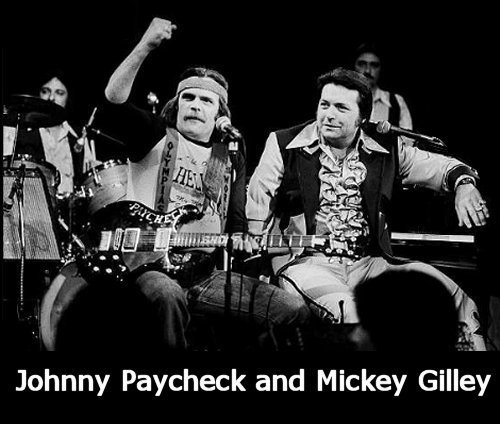 |
Joanne's idea of a good dance song was 'Up
Against the Wall, Redneck Mutha'. During our
lessons, she played this song incessantly. At least
five times an hour she reminded me to
listen carefully so I could catch the beat.
Considering she knew darn well how much I disliked this
song, I think Joanne kept playing it to punish me for having such a
bad attitude towards Country. But with music like
that, who could blame me? I won't deny it. I was a country
music bigot.
But here's the
funny thing. I liked the C&W music they played at
Cowboy just fine. It was not until our May visit
to Gilley's that I realized there was
something sneaky going on with country music. During the Western Era, there were all sorts of
mysteries. Now I had uncovered another one.
There
was only one kind of Disco music, so why were there two
kinds of Western music? As usual
with these mysteries, it was not till I began
writing my book 40 years later that the Internet
gave me my answer.
Although Clay
Felker may have had a hand in this music mystery,
the best answer lay with two men: Irving Azoff,
music impresario, and Lance
McFaddin, owner of Cowboy.
|
FLASHBACK TO FRIGHT
NIGHT
PEACEFUL EASY
FEELING
|
"Although I was a nervous wreck, Fright Night
had opened my eyes in so many ways. Apparently
it had opened my ears as well.
Totally by accident, the combination of four beers and lots of practice
had allowed my mind to become more
receptive to the music. I noticed how my
feet
were moving to the beat of the music. Technically speaking, I knew all along
how
the music
was supposed to fit the steps,
but I had never 'felt it' before. It was so much easier to dance now
that the rhythm of the music guided me.
Lap after lap,
Sally
and I floated
around the floor. Some of this music was really pretty! I started to grin.
I could not believe
I was
actually enjoying listening to Western music. To my
surprise, the music at Cowboy was a lot better than I had expected. I didn't like every song, but in general I
liked the music a lot. I even caught myself humming to
some of the songs.
Late in
the evening I
was shocked
to hear the familiar strains
of
'Peaceful Easy Feeling',
a classic Eagles song from their first album in
1972. I had seen the Eagles perform a free concert in
Denver during my time at Colorado State University. It
was love at first sight. Or maybe 'first
listen' would be more accurate. I played the
Eagles' first album
non-stop throughout my year of Vanessa-Fujimoto misery.
I loved 'Witchy Woman' and of course 'Take
it Easy' became one of my all-time favorite
songs.
I
noticed that
Peaceful Easy Feeling was the perfect speed for
the Texas Twostep. Good grief, I
had no idea some of my favorite songs were actually
Country-Western music in disguise. I was delighted at
my discovery. Maybe Country-Western music
isn't so bad after all."
|
THE MAN WHO CHANGED
COUNTRY MUSIC
|
Excerpts from 'Urban
Cowboy Turns 35',
-- written by John Spong, Texas Monthly,
June 2015,
"The rights
to produce the movie were won by Irving Azoff for an astounding
$200,000. Azoff quickly partnered with
Paramount Pictures. Azoff was a music guy,
an L.A.-based manager who oversaw the careers of
huge acts like the Eagles and Steely Dan."
Irving Azoff got his start as manager of the Eagles.
Branching out, he began to represent other music
clients as well.
In 1978
Azoff purchased the right to produce Urban
Cowboy. That allowed him to pick the
music for the soundtrack. The next thing he
did was fill the soundtrack with music recorded by
the clients he represented.
Irving Azoff
was the man who singlehandedly changed the direction
of Country-Western music.
|
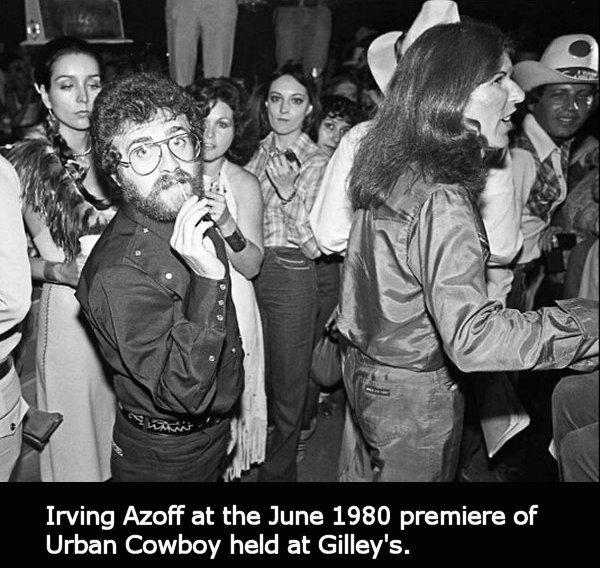 |
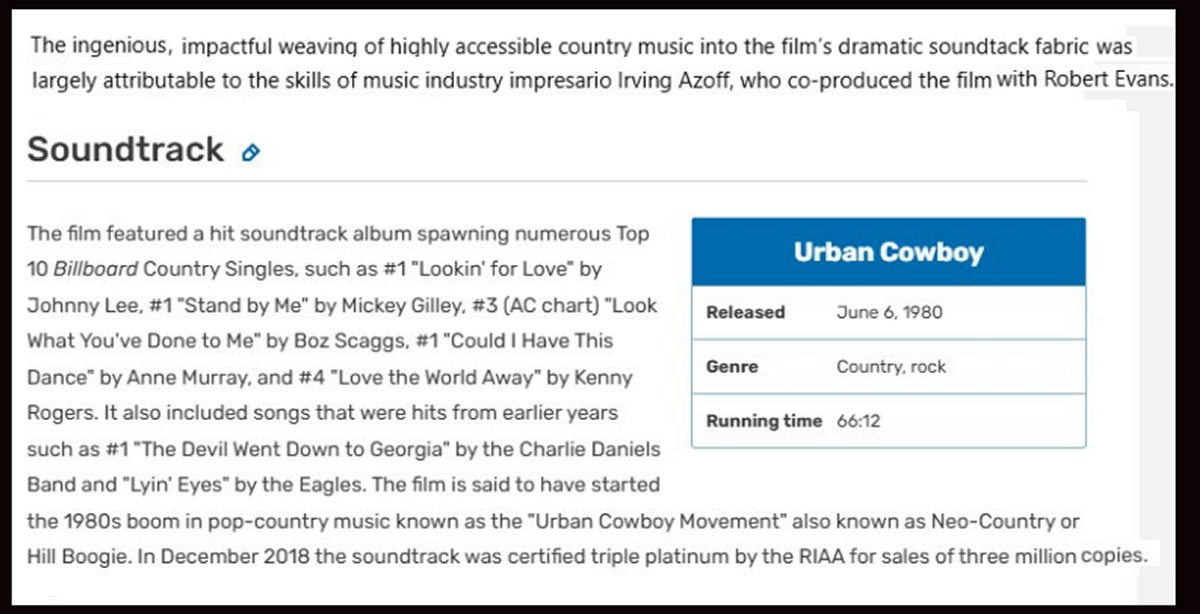
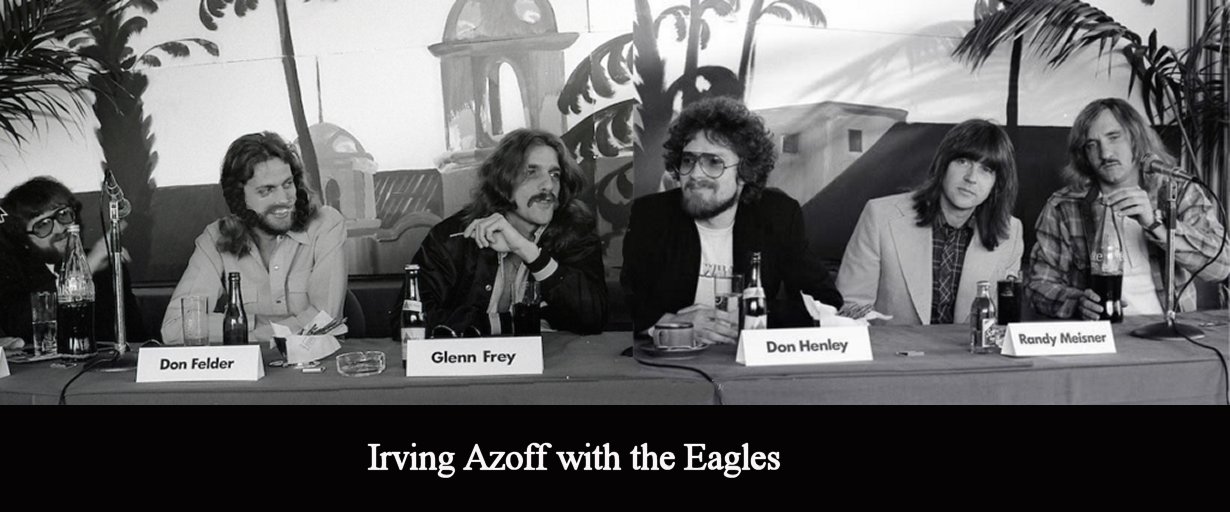
In 1998 the Eagles
were inducted into the Rock and Roll Hall of Fame. Don
Henley immediately pointed to Irving Azoff in the audience,
then said, "Without Irving, we wouldn't be
standing here
today!"
Glenn Frey,
standing next
to Henley on stage, quipped, "Well, Don, we might have
made it here on our own, but we wouldn't have made nearly as much
money."
Henley laughed,
then added, “You're right, Glenn. Irving may be Satan, but he’s our Satan!”
Legend has it that Azoff smiled.
The Eagles were
unanimous. They knew their big break was getting Azoff to manage them. One can imagine Irving Azoff
felt the same
thing about the Eagles. Irving Azoff was
the same age as the members of the band. Considering them his
buddies in addition to his clients, Azoff developed a fierce
loyalty. Under his tutelage, the Eagles became the
best-selling band in America during the Seventies.
Five number-one singles, six number-one albums, six Grammy
Awards and five American Music Awards.
Something of a straight
arrow, Azoff never took
to drugs. He preferred to keep
his wild child
wunderkinds under control.
“Artists,” Azoff
said, “like to know the guy flying the plane
is sober.”
Not only that,
Azoff had the Svengali touch. He made his
clients rich with a ruthless negotiation style.
Azoff had
gotten his start as the hotshot manager of the
Eagles. After turning them into the hottest band in the
country, Azoff added to his stable with Seventies
artists such as REO Speedwagon, Steely Dan and Dan Fogelberg.
Prior to
Urban Cowboy, Azoff had already noticed a
new trend taking place in country music. Although
Saturday Night Fever Disco tunes dominated the
airwaves in 1978, behind the scenes in the world of Country
music, Azoff sensed a potential revolution. An emerging sound best described as 'Country Rock'
was going head to head with the hard-edged
Willie and Waylon 'Outlaw' music.
The Byrds,
Buffalo Springfield, plus Crosby, Stills and
Nash were the forerunners.
Emerging artists such as Neil Young, Bob Dylan, Pure Prairie League, Creedence Clearwater and
the Grateful Dead also tied their fortunes to 'Country
Rock'. However, no one dared
whisper that these so-called rock bands were actually playing country
music. It was a taboo subject.
I had no idea I was
listening to covert country music. Considering how
prejudiced I was against Twang and Outlaw, it was probably just
as well I did not know many of my favorite songs were secretly Country.
Neil Young's Heart
of Gold, Bob Dylan's Lay Lady Lay and
Pure Prairie League's Amie came
dangerously close to crossing the forbidden line.
John Denver was
another
trailblazer. I loved his song Country Roads.
Looking back, the title even had the word 'Country'
in it, but I was too stupid to know this song had started as
a C&W hit before crossing over to mainstream popular
music. Nor did I know that Denver was considered a
traitor by the purists.
The winds of change were
apparent at the 1975 CMA Awards. This was the year
John Denver beat out Loretta Lynn, Waylon Jennings, Ronnie Milsap, and Conway Twitty as the Country Music Association 'Entertainer
of the Year'. The presenter, Charlie Rich, was so
disgusted by Denver's victory he burned the piece of paper announcing Denver as
the winner on the stage. Right or wrong, the incident
was seen as a protest in defense of traditional country
music against pop usurpers.
The Eagles were
pioneers in
the formation of this new
'Country Rock'
style of country music.
With songs like
Peaceful Easy Feeling, the Eagles crafted a
sound that synthesized elements of country music
and rock. The Eagles were gifted song writers.
Indeed, many of their songs told a complex story.
As opposed to Disco music and Rock music with their inane,
repetitive lyrics, the Eagles found that country-style
ballads such as Lyin' Eyes and Tequila Sunrise
worked better to country music formats.
At the same time the
Eagles were rockers at heart. They found a way to make
country-style vocal harmonies blend to a rock beat in songs
like Bitter Creek and Outlaw Man.
Their music found a wide, appreciative
audience (including me). Although Desperado,
the Eagles' second album, was at best a so-so commercial success in
1973, I adored this album.
Little did I know the deliberate Western theme of Desperado was paving
the way for a music revolution.
Irving Azoff parlayed his triumph with the Eagles into
managing a veritable Who's Who list of American recording
artists during the '70s. However, the
Eagles were always closest to his heart. Azoff was to
the Eagles as Robert Stigwood had been to the Bee Gees.
Although Azoff did not care much for Disco music, he noticed
how Stigwood had used the Saturday Night Fever
soundtrack to turn the Bee Gees into superstars.
I do not know
this for a fact, but I have a strong hunch Clay Felker phoned Azoff.
"Listen, Irving, I've got
this C&W dance movie starring John Travolta. I bet you could do for the Eagles
what Robert Stigwood did for the Bee Gees."
Clay Felker had
created Urban Cowboy by copying Robert
Stigwood's playbook. Now it was Azoff's turn. Thanks
in large part to the Eagle's success during the Seventies,
Azoff had the money necessary to win the 1978 bidding
contest to produce Urban Cowboy.
Azoff put up the big bucks because he knew a rare opportunity had
crossed his path. He
bought the movie rights specifically to showcase his
talented stable of music artists including the Eagles.
In so doing,
Azoff would personally change the direction of country music.
Azoff
believed that Disco music would soon run its course.
The soundtrack for Saturday Night Fever
had
brought in millions. Why not give Country music a
similar chance? Azoff
knew what he was doing. By
securing the rights to Urban Cowboy, Azoff bet the farm he could do for the Eagles what Stigwood had done
for the Bee Gees by using their music on the movie
soundtrack.
This
bold,
strategic move came at the perfect time in Azoff's
spectacular career. Having witnessed
first-hand the widespread acceptance of the emerging California
soft rock sound...
Jackson Browne, the Eagles, Linda Ronstadt... it was Azoff's
good fortune that Urban Cowboy came along at
just the right time. This was the opportunity Azoff needed to take his
preferred country rock sound to the next level.
It was a shrewd
gamble.
Azoff packed his
Urban Cowboy
soundtrack with many
of his own artists such as Boz Scaggs, Dan Fogelberg, Jimmy
Buffett, Linda Ronstadt and of
course the Eagles. Then Azoff took a page from Robert Stigwood
and released the album well
in advance of the movie. The soundtrack sold like
hotcakes, but not without controversy. Immediately there were howls
of protest. Where's Willie Nelson? Where's
Waylon Jennings? The answer should have been
obvious... Irving Azoff was deliberately steering the
direction of country music towards the new California sound.
Azoff did not
stop there. Following the
Stigwood playbook to the letter, Azoff understood the movie could
impact the way people dressed, danced, and
listened. The potential
for tie-ins was phenomenal. There is ample
circumstantial evidence to suggest Irving Azoff and Clay Felker
contacted the fashion industry.
What other explanation
could there be for the Western fashions that flooded Houston
well over a year in advance of the debut?
It is my theory
that Clay Felker and Irving Azoff worked hand in hand with
Lance McFaddin, proud owner of élan, Houston's swankiest nightclub.
In addition to élan,
the crown jewel, McFaddin-Kendrick operated a series of posh Houston nightclubs in the Seventies and Eighties.
Confetti, Ocean Club, Todd's,
Rialto,
Studebakers, Foxhunter, Acapulco Bar, Rodeo
and Cowboy were extremely popular
McFaddin-Kendrick properties. Each place was lavishly decorated each
was located in the high-rent Galleria area frequented by
affluent professionals.
Both Felker and
Azoff spent an inordinate amount of time in the Houston area
during the planning stage of Urban Cowboy.
What better place to hang out at night than the luxurious
elan? I doubt it was a coincidence that
McFaddin's elan was prominently featured in
the movie. Given that Lance McFaddin spent three
million dollars on his ground-breaking western club
Cowboy and a similar amount on Rodeo,
it is obvious someone tipped him off in advance. Given
the magnitude of the risk in McFaddin's Cowboy
gamble, I am sure Felker was involved.
Why was the
country music at Cowboy totally different than
the music at Gilley's? For this I credit
Irving Azoff. I have a strong
hunch Azoff explained his decision regarding the new
direction of country music to McFaddin.
"Lance, you
are in the nightclub business. I am in the music
business. My gut tells me Country Music is ready to
head in a different direction. I know that Clay
(Felker) has already persuaded you to invest in Cowboy
to take full advantage of the coming western trend.
Now it's my turn. I suggest you consider playing the kind of C&W music I
will
feature on the Urban Cowboy soundtrack."
One
reason why I believe Azoff and McFaddin had a serious talk
was McFaddin's obsessive attention to detail.
"During the Disco
Era of the Seventies, McFaddin Ventures in Houston, Texas,
commissioned a study on the stimulation of males and females
during the playing of music. They accordingly custom-tuned their
speakers to make their numerous properties more exciting. Karin
Cook, their music programmer and head disc jockey, trained other McFaddin Ventures
disc jockeys to work the music format - 6 up, 3 down - as a way to
sell more drinks." (Wikipedia)
In other words,
Lance McFaddin made it his business to pay attention to music trends, even
down to which Disco format sold the most drinks. For this reason I
imagine Azoff's insider tip convinced McFaddin
to commission similar research regarding what kind of C&W music would be
most acceptable to his professional clientele at Cowboy.
No doubt the research revealed the emerging
country-rock sound characteristic of the Eagles was
definitely the
direction to go.
The craziest
part of McFaddin's decision was to include Disco music in
the format. That was unheard of. If someone had
played a Disco song at Gilley's, there would
have been a brawl. But McFaddin instinctively realized
the majority of his customers liked Disco music just as much
as they enjoyed Azoff's emerging style of Western
music. Why not play both?
Ah, the winds of
change.
Cowboy was so successful that other Houston night clubs
quickly jumped on the C&W bandwagon. In so doing,
Houston's Western Transformation destroyed every Disco in
the city. Following its success
with Cowboy, McFaddin-Kendrick
launched a national chain of 40 western clubs that mixed
country music with disco. All because Clay Felker
waved his magic wand and said, "Let there be Western."
|
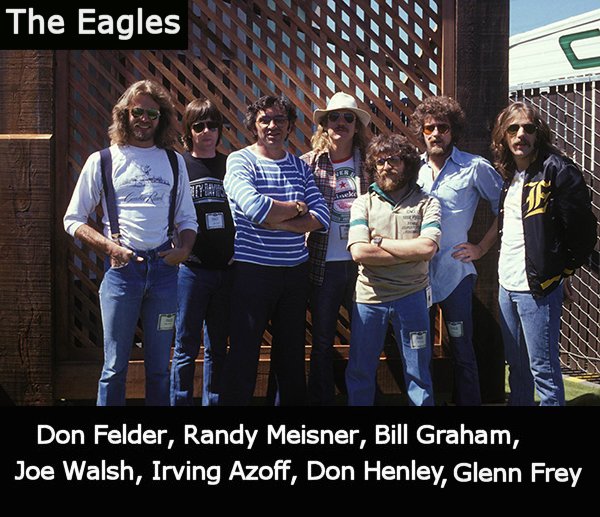

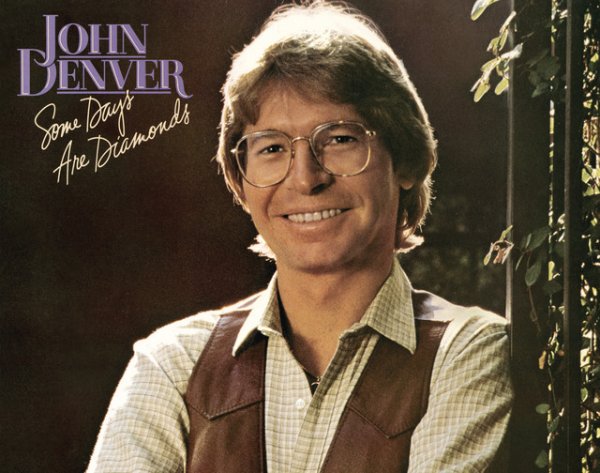

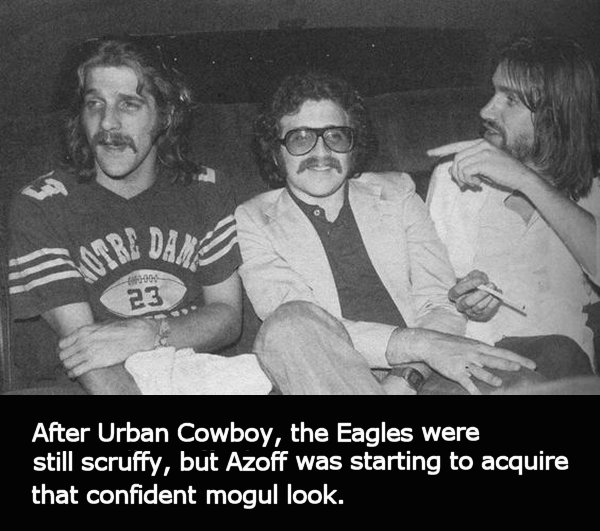
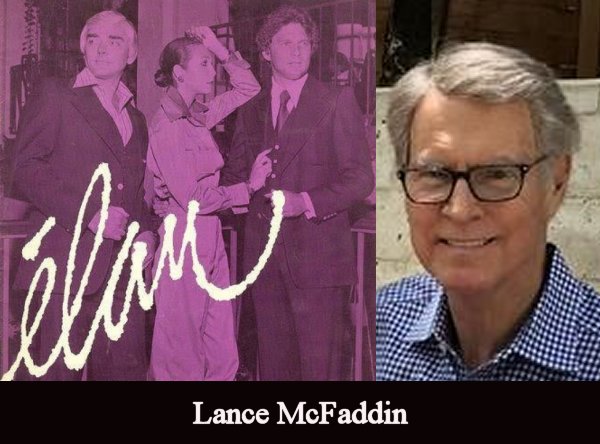
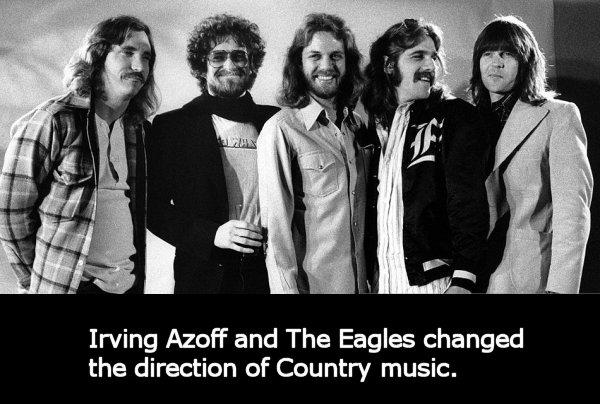

|
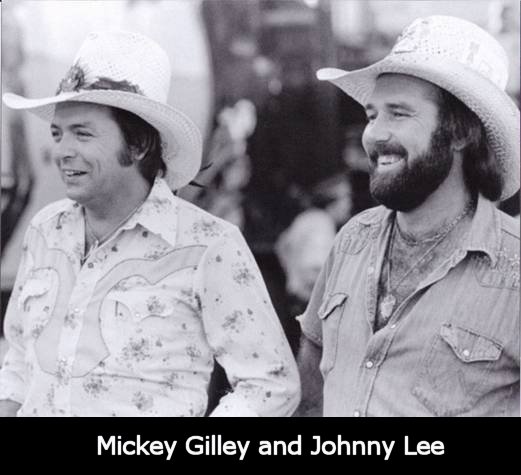 |
Filming on
Urban Cowboy was scheduled to begin at Gilley’s
in May 1979. One night country singer Johnny Lee was
on break when a
stranger approached him. The newcomer was a short, pudgy
Jewish guy. Wearing the wrong kind of clothes
and thick glasses bigger than his face, this little guy stuck
out like a sore thumb at the rough and tumble honky-tonk.
At first glance, Johnny Lee was not impressed.
But he also noticed the man was quite sure of himself.
Identifying himself as the Urban Cowboy
producer, Irving Azoff wasted
no time making his pitch. "Would you be interested in
singing in a movie?"
Accustomed to
being courted by would-be 'managers' and 'I’m-going-to-make-you-a-rock star'
hustlers, Lee decided to humor the guy. Rolling his
eyes, Lee replied, “Yeah, buddy, sure, whatever, let me know
when,
I'll sing in your movie.”
Johnny Lee's
recording of Lookin’ for Love was released in June 1980,
the same date as the movie's premiere. The song
quickly became the breakout hit on the Urban Cowboy
soundtrack. Lookin’ for Love stayed on the charts for 37 weeks. The song peaked
at No. 1 on the Billboard Hot Country Singles and No. 5 on
the pop charts. A country-western song high on the pop
charts? Virtually unheard of. What was going on
here?
Country music
would never be the same.
|
Johnny Lee would
later reminisce.
“You have to
understand, people were coming in all the time promising
this, saying that. Azoff came out one night and
heard me do “Cherokee Fiddle” which was a
big hit for me in Houston. He said, “You want to
sing it in a movie?” Well, people were bullshitting me
all the time. So I said, “Yeah, sure, just as soon as I
finish this watermelon. You bet.”
I thought Azoff was just
somebody feeding me a line of baloney. I blew him
off and went on drinking my beer. So when it
actually happened, it freaked me out.
That movie
broadened the audience that listened to country music.
A lot of people started listening to country music and
going to country dance halls that never did before. It
gave country music a shot in the arm. It was a fun time,
and it absolutely was the best thing that ever happened
to me in my life."
Frankly
speaking, much of the 'Outlaw Sound' was tough to listen to for
everyone but hard core country types raised on twang and
rockabilly. While there are many purists who will
disagree ('Urban Cowboy ruined country music!'),
Azoff guessed correctly that Country
Rock with its harmonies and intricate lyrics would appeal to a wider audience.
What most people don't know is that Irving Azoff bet the
farm on his instinct. There was no guarantee his
gamble would pay off, but Azoff foresaw
Robert Stigwood's soundtrack maneuver with Disco could be
replicated with Country. The Urban Cowboy soundtrack became the
fourth best-selling album of all time.
I give Irving
Azoff a lot of credit. Today Urban Cowboy
is credited with popularizing a pop-influenced style of
country music known as 'Country Rock'. This
subgenre featured melodic tunes with a soft rock
sensibility. The soundtrack spawned several hit
singles that achieved crossover success on both the country
and pop charts. By shifting away the harder-edged
Outlaw country sound, Country Rock moved towards an
easier-listening style that was more palatable to mainstream
tastes.
Wildly
successful at virtually every stage of his career, in his
later years Irving Azoff would emerge as the
most powerful man in the music industry. Azoff would
often comment that his Urban Cowboy gamble was
the move that sent his career into the stratosphere.
|
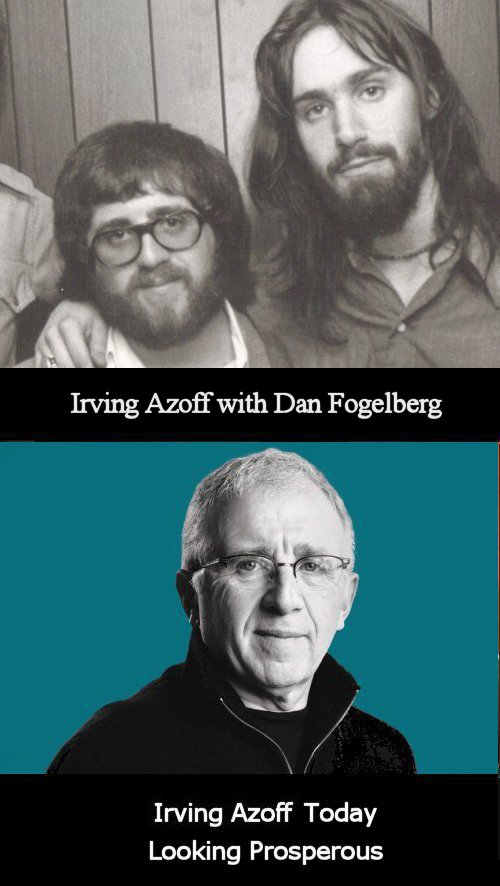 |
THE REDEMPTION OF
CLAY FELKER
|
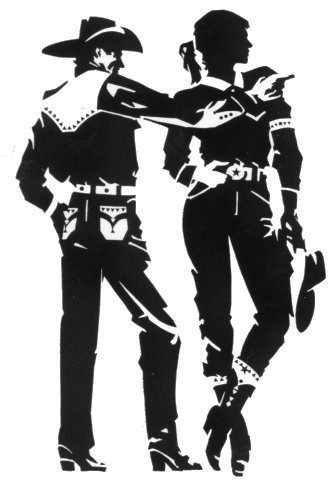 |
Throughout the early part of 1979, my head was swirling with
the impending Western takeover of Houston. I was as
lost as a boy can be. As one Disco dance club after
another folded and the new western fashions began to appear,
I knew someone had to be responsible. But
who, I asked, had the influence necessary to orchestrate
such dramatic changes?
No matter how hard I studied the changes, I remained
clueless about the reasons. With my career in
jeopardy, my questions went unanswered. As it turned
out, Clay Felker's manipulations would remain a mystery to
me for thirty more years. Fortunately the Internet
came along to put me out of my misery.
Rumor has it
that
New York sets the pace for the rest of the
country. After all, New York is the epicenter
of seven glamour industries - finance, news media,
advertising, book publishing, theater, fashion, and fine
arts. New York has serious players in TV, music, and movies as well.
No doubt decisions made in these New
York industries affect us on a daily basis, but rarely are
we told what goes on behind the scenes.
The story of
Clay Felker demonstrates how
the ultimate New York insider was able to singlehandedly
create a Western trend that swept the nation. The story of his
involvement in Urban Cowboy
serves as the perfect example of how a New York power
broker can make decisions that influence the lives of many
people.
|
 |
Clay
Felker used the experience he gained at his former magazine to
know how the
power game is played.
It is obvious that Felker knew someone important in every single
one of those power industries. Like a modern day Wizard of
Oz, Felker lined up his contacts and brought them to the
table to support his effort. In the case of
Urban Cowboy, four different
industries got rich - the movie industry, the country music industry, the
fashion
industry with its western wear, and Houston's local nightclubs.
Thanks to the coordinated effort by the fashion industry, the music
industry, and the movie industry, America's preoccupation with Urban Cowboy
started long before the movie made its debut.
Indeed, businessmen in several different industries were so sure
Urban Cowboy would be a success that they rushed to
get in on the ground floor. Their advance knowledge of this
project was license to print money. Lance McFaddin is a good
example.
Inside knowledge is a powerful thing.
What else would explain why the new Western fashions
began flooding the marketplace well in advance of the actual
movie itself? The music was changing as
well.
Once the filming started in the summer of 1979, not a day
went by without some breathless press release on
John Travolta's latest escapade. With Houston gaga
over Travolta, I have no doubt the amazing cultural trend towards all things
Western here in my hometown was manipulated by Clay Felker's unseen hands from start to
finish. Clay Felker and his media machine were pushing our buttons before we ever knew what
hit us.
|
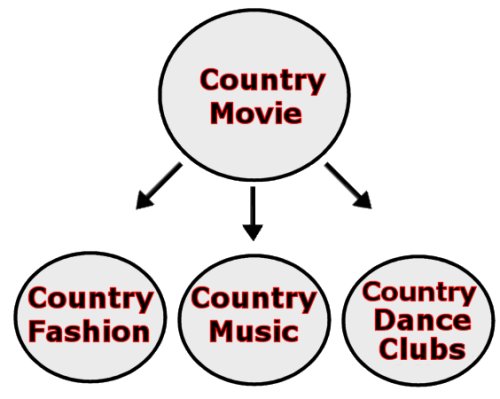 |
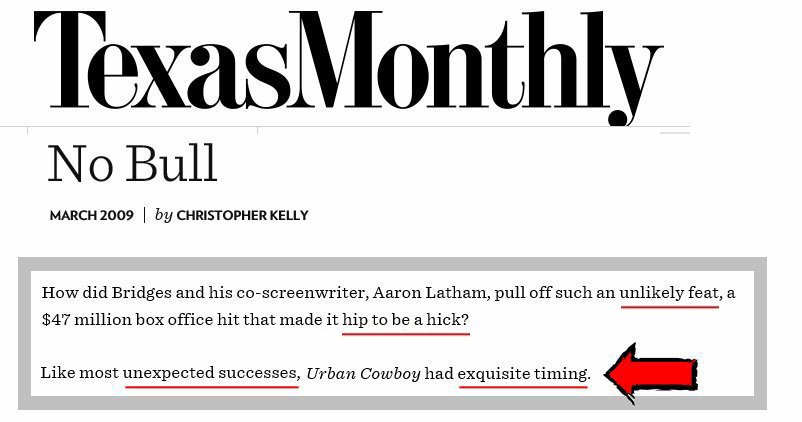
|
In the March
2009 issue of Texas Monthly, writer
Christopher Kelly pointed out that Urban
Cowboy was a success to the tune of $47
million dollars. Author Kelly called the
success of the movie an "unlikely feat"
and attributed its "unexpected success"
to the movie's "exquisite timing".
I believe Christopher Kelly was referring to the uncanny
good fortune of finding a story that could
capitalize on the energy of John Travolta and the
Saturday Night Fever so quickly. As
the saying goes, 'strike the anvil while the
iron's hot'. We now know the 'exquisite
timing' of Urban Cowboy was no
accident, but rather Clay Felker's clever
exploitation of a unique opening.
By publishing
Aaron Latham's Gilley's story in
Esquire, Clay Felker was deliberately
following the same path that Nik Cohn had laid out
two years earlier for Saturday Night Fever. So what if
Felker was a copycat? He didn't care.
Clay Felker was in a cynical mood. He was
bound and determined to create a 'disguised sequel'
to Saturday Night Fever to make it
easier to
sell the movie rights.
|
Clay Felker couldn't come right out and say 'Sequel',
but he found an effective way to convey the message
nonetheless.
The subtitle to Aaron Latham's Esquire story said it
all:
'Saturday
Night Fever, Country-Western Style'
Clay Felker wasn't
interested in subtlety. Felker
intended to link this
story
to Saturday Night Fever from the start.
He was going to make sure every reader of the Urban Cowboy
tale had the 'Sequel'
concept firmly implanted in
their brain.
|
 |
So what
happened after the movie rights were sold to
Paramount? Unfortunately, since Urban
Cowboy took place long before the Internet,
I could not find any stories
that tracked
his activities from the publication of the Esquire article in September
1978 to the movie premiere in June 1980. There are snippets, but
they are thin at best. Here is what little I
know. Clay Felker was unable
to restore Esquire to prominence. He left Esquire
shortly after the Aaron Latham story. In 1980-1981
Felker served
as editor for the New York Daily News. That was
a short stay at best. Felker may have also worked for the
Baltimore Sun, but I am not sure about that.
After the
premiere, Felker held a position in Hollywood as a consultant
and producer to 20th Century Fox. However, from
what I gather, Felker accomplished very little. After that, little of note.
|
 |
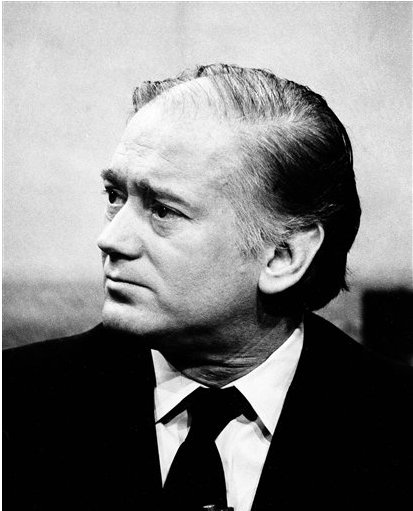 |
Another mystery is
what Mr. Felker's cut might have been from the Urban
Cowboy project. My guess is that Felker and
Aaron Latham had an understanding. Felker would work behind
the scenes while Latham would act as
front man.
Indeed Latham stayed on
board as script writer and right hand man of director
Jim Bridges.
What was Felker doing? One can assume he pulled
strings behind an invisible curtain, but when, where, and
how is strictly conjecture. Given that Felker's
contributions are left to the imagination, my guess is that
Felker wanted it this way. If asked to speculate, I
think Felker was in charge of publicity. I imagine he
worked the phones day and night. Calls to Hollywood,
calls to Houston TV stations, calls to Houston newspapers,
calls to national magazines, calls to influential media
moguls.
Clay Felker's
exact role may never be known, but give the man credit. The entire scenario
was meticulously laid out two years in advance of its June
1980 debut. What Felker accomplished was
a master
stroke indeed.
My guess is that Clay Felker worked for a percentage of the
profits. Clay Felker turned his fantasy into $47
million dollars. Given whatever his percentage was,
Felker may have walked away as a millionaire.
If so, he
deserved every penny.
Gilley's was no prom
queen, believe me. Felker took an ugly, smelly
dump and persuaded the planet that this run-down joint was
somehow special. The number one tourist attraction in
America? It boggles the mind. This was the equivalent of putting a
tutu on a hippopotamus and convincing audiences
they are witnessing a prima ballerina. That might work
for Fantasia, but only Clay Felker could do
the same for Urban Cowboy.
I
found Clay Felker's personal story to be very compelling.
For one thing, his talent was undeniable. However, it isn't always talent that turns into success.
In Felker's case, he also had the toughness
to thrive in a highly competitive atmosphere. Felker
got knocked down more times than most people. Each
time he was down, he got back up, dusted
himself off, and successfully climbed back on top.
|
Let's face it, Clay Felker was badly burned on
Saturday Night Fever. After Nik Cohn played him, Felker
had to be appalled to see Cohn's dubious Disco story strike
it rich. One can only imagine what went
through Felker's mind as a conman turned a hack
article into one of the most famous movie of the
70's
right up there with the Exorcist and Godfather. In a sense, perhaps Felker deserved
this embarrassment due to his negligence. No doubt
Felker was distracted with his financial problems at the magazine.
We all make mistakes, yes? But how many of us are
clever enough to find a silver lining in our
mistake? Clay Felker didn't get mad, he got even.
|
My
favorite part of the Clay Felker saga was how he carefully
exploited the Robert Stigwood playbook. Felker had the sense to
learn from his mistake in a very unique
way. Which leads me to a question. Would I have
had the foresight to do the same? Probably not.
Clay Felker could see
things that other people couldn't. Here is an
article from Texas Monthly which
proves my point.
Looking for Love: The Urban Cowboy
Rides Again
-- written by Gregory Curtis,
editor of Texas Monthly, Nov.
1998
"Clay Felker
was the editor of Esquire. Our publisher Mike Levy and
Bill Broyles, my
predecessor as editor, invited Felker to Houston
that summer to speak at the Rice University Publishing
Program. Instead of an honorarium, Felker wanted to be shown
around the famous boomtown. So they ended up at Gilley’s
late one night.
Felker saw the mechanical bull and the cowboys dancing with
a beer bottle in their back pockets and their girlfriend’s
thumbs hooked in their belt loops. He was so struck by the
place that back in his hotel room late that night, he called
writer Aaron Latham. Felker told him to get out of bed and catch the first
airplane to Houston. The rest is history.
Here at Texas Monthly, we had discussed writing about
Gilley’s
but hadn’t done it yet. One of the aggravations of journalism is
that you can be so familiar with something that you miss a
story that is right in front of your face. That was what we
did with Gilley’s.
Felker saw it and we didn't."
The story of Urban Cowboy offers a close look
at how a powerful man can affect an entire country with his
magic wand. Clay Felker created a mythology that Gilley's
was some sort of country-western paradise and somehow got an
entire country to believe him. Felker parlayed
something close to thin air into the score of a lifetime. Who else besides Clay
Felker could have pulled this off? I
tip my hat to the Wizard.
Unfortunately there
is not much
to explain what happened to Clay Felker after the movie
premiere. In 1984 Felker
married Gail Sheehy, the talented writer who was the love of his
life. My guess is they lived handsomely on earnings
from Urban Cowboy.
Clay Felker
passed away in 2008.
He was survived by
Ms. Sheehy.
Clay
Felker had been reduced to a mere footnote during the Saturday Night
Fever glory ride. Over the next year,
Felker
kicked himself every day for letting Stigwood
profit off a story that slipped right under his nose.
Considering he was
known for seeing things that others missed, no doubt Felker
had been badly humbled.
However Felker learned a valuable lesson during his downfall. During his career at New York
magazine, Felker had made some money for himself, but mostly for
other people. The time had come
to put his unique experience and extraordinary
talent to good use. Felker had one other advantage.
Sometimes it isn't what you know, but who you know. Felker was
gratified when some of
America's most influential people were more than happy to take his
phone call. This was the
Redemption of Clay Felker.
Urban Cowboy
stands as the
supreme validation of his prodigious ability.
|
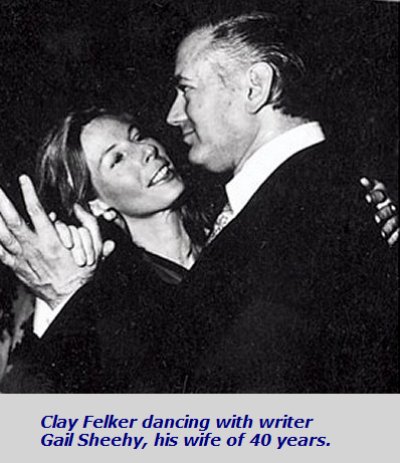

|
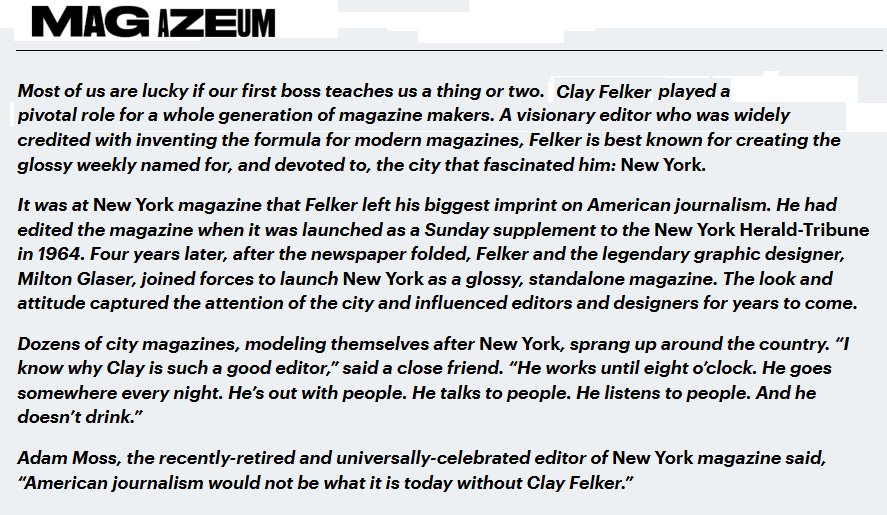
THE TEXAS TWOSTEP
CHAPTER SEVENTY two: ORDEAL
|
|
|